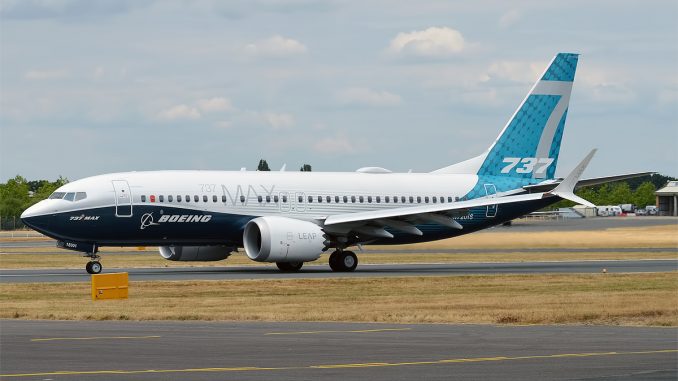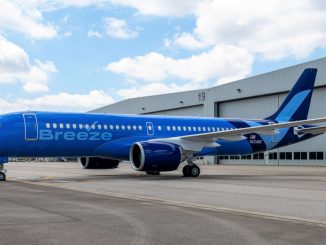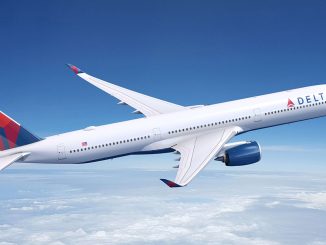
The Federal Bureau of Investigation (FBI) is reportedly joining the United States Department of Transportation (DOT) in investigating how the Boeing 737 MAX was certified by the Federal Aviation Administration (FAA).
The latest version of Boeing’s most prolific airliner, the 737 MAX, was first certified by the FAA on 10th March 2017. The type is currently grounded worldwide, and manufacturer Boeing has suspended deliveries, following two fatal accidents involving the aircraft since October 2018: Lion Air flight JT610 and Ethiopian Airlines flight ET302.
737 development
To understand the situation in full context, we need to look at the aircraft itself. The Boeing 737 is a design which first flew in 1967, which in itself is based on the design of The Boeing 707, which dates back to 1957. The original 737 was powered by Pratt & Whitney JT8D low-bypass turbofan engines. A low-bypass engine is naturally small in diameter, and as such, it meant the 737 could feature short landing gear and a low ground clearance, a feature which benefited its operation at less developed airports. The Boeing 737 has gone on to be the most successful commercial aircraft in history, with over 10,000 having been built over four generations.
The first main evolution of the 737, featured a new type of engine – the high-bypass turbofan. Significantly more fuel efficient than the low-bypass engines it replaced, its physical diameter however, was much larger. In order to fit them underneath the wings of the low-slung 737, the wing and pylons were redesigned, allowing the engine to be slung farther forward and upwards in order to ensure sufficient ground clearance. The same occurred with the introduction of the following two generations, the 737 Next Generation (NG), and the latest model, the 737 MAX.
The CFM LEAP-1B engines that power the 737 MAX are the largest engines to have ever been fitted to a 737. An 8-inch extension to the nose landing gear, even higher and farther forward mounted engines fitted to another new wing continue to change the centre-of-lift of the aircraft. As a result, it has a natural desire to pitch up more than the previous model, and in order to minimise pilot training, Boeing offset this with the Manoeuvring Characteristics Augmentation System (MCAS). This system activates when the aircraft detects it may be getting close to a stall situation, and subsequently trims the aircraft into a nose down position to assist the pilots to control the aircraft.
Investigation focus
The FAA has previously trusted Boeing with many parts of the certification of new aircraft. In short, the issue lies around the Manoeuvring Characteristics Augmentation System (MCAS); the system which is at the heart of the investigation of Lion Air flight JT610 and Ethiopian Airlines flight ET302. The FAA agreed to certify the aircraft with the MCAS which Boeing said would deflect the horizontal stabiliser in the downward motion by 0.6 degrees when activated.
It has been discovered, that Boeing subsequently made modifications to the MCAS during flight-test program, and the final version is able deflect the trim stabilisers to 2.5 degrees. The investigation is therefore ongoing to discover how the aircraft was allowed to be certified in such a way by its own manufacturer, without enough supervision and intervention from the FAA. If the MCAS turns out to be the definitive cause of the two crashes, there is potential that a more supervised certification could potentially have saved the 346 lost lives from the two crashes.
Matt is a Berlin-based writer and reporter for International Flight Network. Originally from London, he has been involved in aviation from a very young age and has a particular focus on aircraft safety, accidents and technical details.



